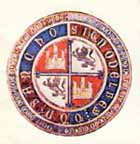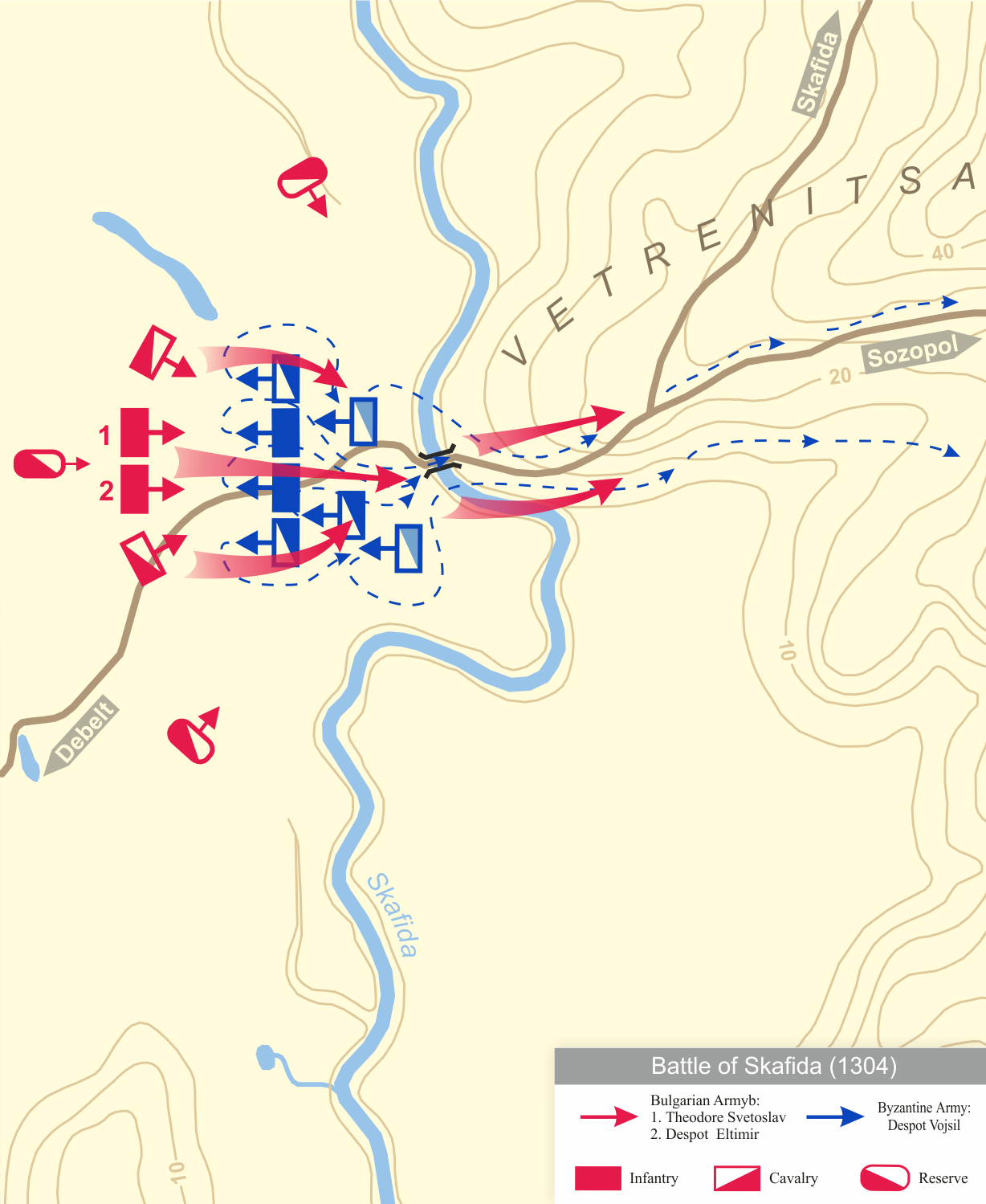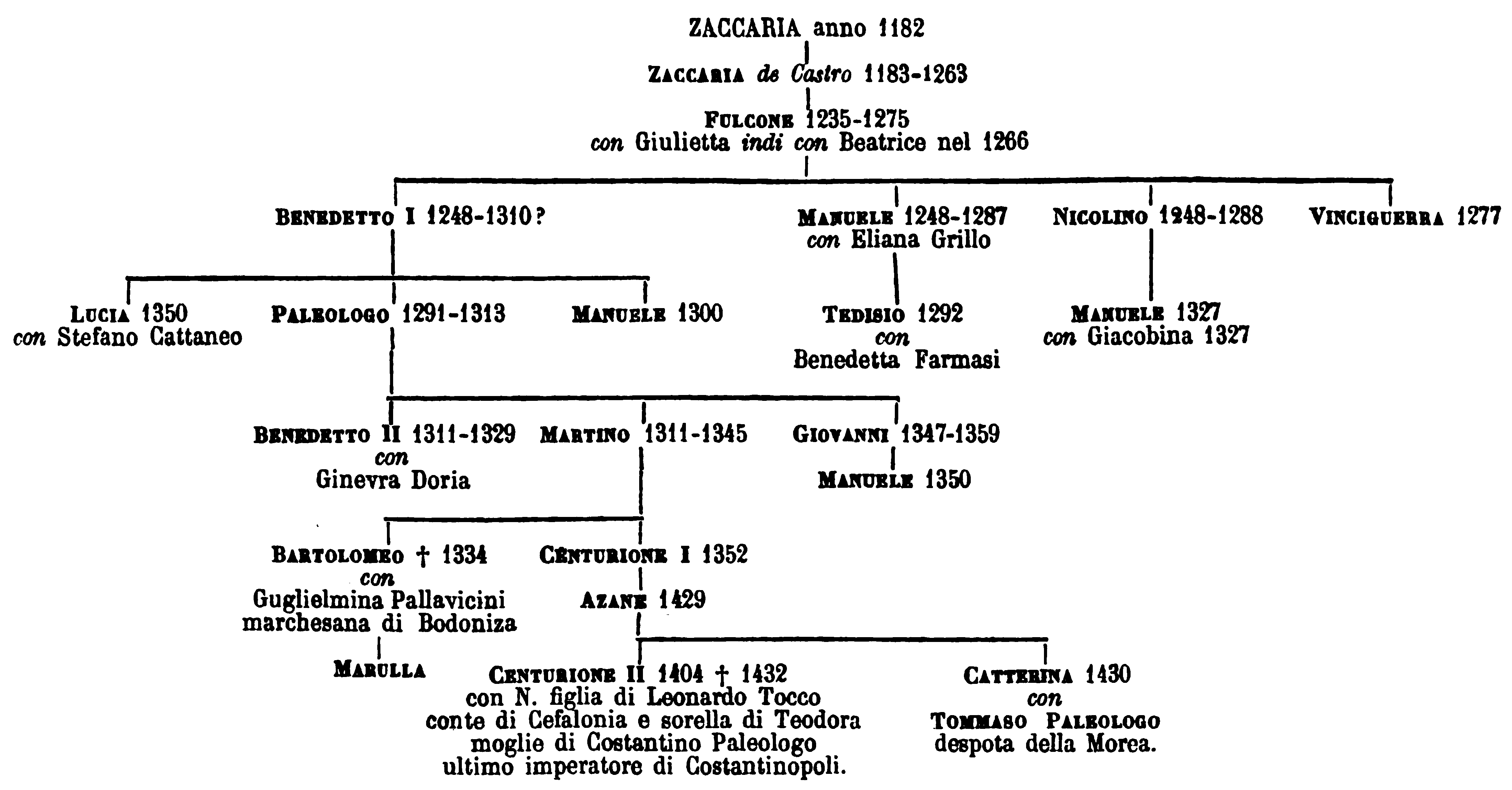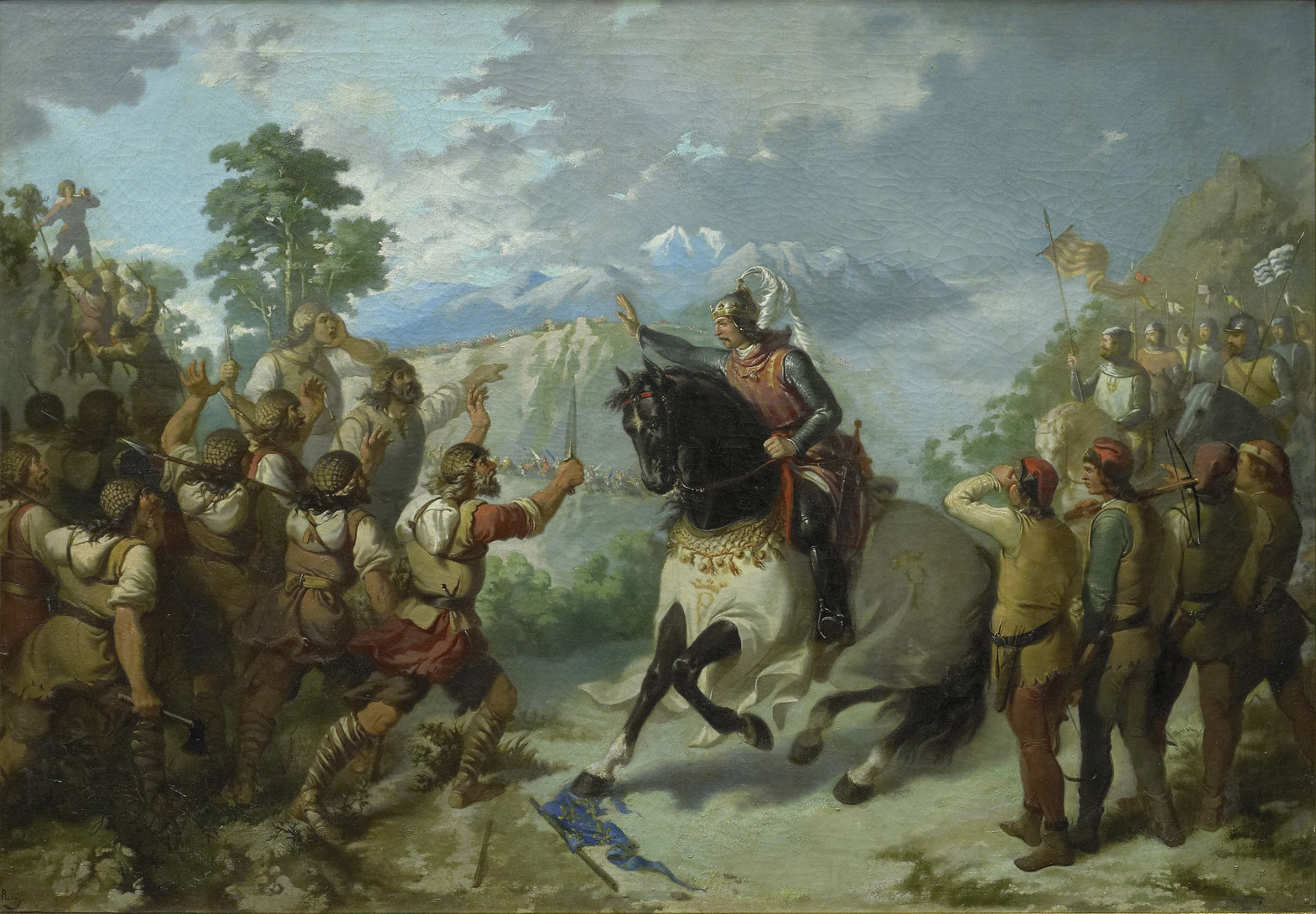|
1304
Year 1304 ( MCCCIV) was a leap year starting on Wednesday (link will display the full calendar) of the Julian calendar. Events By place Byzantine Empire * Battle of Skafida: Emperor Michael IX (Palaiologos) sends a Byzantine expeditionary force (some 10,000 men) to halt the expansion of the Bulgarians in Thrace. The two armies meet near Sozopol on the Bulgarian Black Sea Coast. During the battle, the Bulgarian army led by Tsar Theodore Svetoslav is defeated and routed. The Byzantines, infatuated with the chase of the retreating enemy, crowd on a bridge – which possibly is sabotaged, and break down. The Bulgarians capture many Byzantine soldiers and some nobles are held for ransom. Svetoslav secures his territorial gains and stabilizes himself as the sole ruler of the Bulgarian Empire (until 1322). * The Byzantines lose the island of Chios, in the Aegean Sea, to the Genoese under Admiral Benedetto I Zaccaria. He establishes an autonomous lordship and justifies the ... [...More Info...] [...Related Items...] OR: [Wikipedia] [Google] [Baidu] |
Ferdinand IV Of Castile
Ferdinand IV of Castile (6 December 1285 – 7 September 1312) called the Summoned (''el Emplazado''), was King of Castile and León from 1295 until his death. His upbringing and the custody of his person were entrusted to his mother, Queen María de Molina, while his tutorship was entrusted to his granduncle Henry of Castile the Senator. At that time, and also for the rest of his reign, his mother tried to placate the nobility, confronted her son's enemies, and repeatedly prevented Ferdinand IV from being dethroned. He faced the insubordination of the nobility, led at numerous times by his uncle John of Castile, Lord of Valencia de Campos, and by Juan Núñez II de Lara, who were supported in some occasions by another royal relative, Juan Manuel, Prince of Villena. Like his predecessors on the throne, Ferdinand IV continued the Reconquista and, although he failed to conquer Algeciras in 1309, he captured the city of Gibraltar that same year, and in 1312 the city of Alcaudete wa ... [...More Info...] [...Related Items...] OR: [Wikipedia] [Google] [Baidu] |
Lordship Of Chios
The Lordship of Chios was a short-lived autonomous lordship run by the Genoese Zaccaria family. Its core was the eastern Aegean island of Chios, and in its height it encompassed a number of other islands off the shore of Asia Minor. Although theoretically a vassal of the Byzantine Empire, the Zaccaria ruled the island as a practically independent domain from its capture in 1304 until the Greek-Byzantines recovered it, with the support of the local Greek population, in 1329. The island would return to Genoese control in 1346 under the Maona of Chios and Phocaea. History The lordship was founded in 1304, when the Genoese noble Benedetto I Zaccaria captured the Byzantine island of Chios. Benedetto, who was already lord of Phocaea on the coast of Asia Minor, justified his act to the Byzantine court as necessary to prevent the island's capture by Turkish pirates. The Byzantine emperor, Andronikos II Palaiologos, impotent to intervene militarily, accepted the ''fait accompli'' and gra ... [...More Info...] [...Related Items...] OR: [Wikipedia] [Google] [Baidu] |
Michael IX Palaiologos
, image = 154 - Michael IX Palaiologos (Mutinensis - color).png , caption = 15th-century portrait of Michael IX (from a 15th-century codex containing a copy of the ''Extracts of History'' by Joannes Zonaras) , succession = Byzantine emperor , reign = 21 May 1294 –12 October 1320 , coronation = 21 May 1294, Hagia Sophia , regent = Andronikos II Palaiologos , reg-type = Co-emperor , predecessor = Andronikos II (alone) , successor = Andronikos II (alone), Andronikos III ( in Macedonia) , spouse = , issue = , dynasty = Palaiologos , father = Andronikos II Palaiologos , mother = Anna of Hungary , birth_date = 17 April 1277 , birth_place = Constantinople(now Istanbul, Turkey) , death_date = , death_place = Thessaloniki, Greece , place of burial = , , title=Emperor and Autocrat of the Romans Michael IX Palaiologos or Palaeologus ( el, Μιχαήλ Δού ... [...More Info...] [...Related Items...] OR: [Wikipedia] [Google] [Baidu] |
Benedetto I Zaccaria
Benedetto I Zaccaria (c. 1235 – 1307) was an Italian admiral of the Republic of Genoa. He was the Lord of Phocaea (from 1288) and first Lord of Chios (from 1304), and the founder of Zaccaria fortunes in Byzantine and Latin Greece. He was, at different stages in his life, a diplomat, adventurer, mercenary, and statesman. Benedetto was the second son of Fulcone Zaccaria and one of his wives: Giulietta or Beatrice. Benedetto assisted his brothers Manuele and Nicolino, his nephew Tedisio, and his son Paleologo in their commercial enterprises. Benedetto was captured by the Venetians in a battle off Tyre in 1258. In 1264, he was sent as a Genoese ambassador to the Byzantine court of Michael VIII Palaiologos. Although his mission was unsuccessful, his acquaintance with the emperor would stand him in good stead. After eleven years of negotiations which resulted in a renewed accord between the Empire and Genoa, Benedetto re-appeared in Constantinople with his brother Manuele in 1 ... [...More Info...] [...Related Items...] OR: [Wikipedia] [Google] [Baidu] |
Treaty Of Torrellas
The Treaty of Torrellas (called a ''sentencia arbitral'', "sentence by arbitration," in Castilian), signed in Zaragoza on 8 August 1304, settled the question of conquest of the Kingdom of Murcia, thitherto a dependency of the Crown of Castile, by James II of Aragon. Between 1296 and 1300, James led a series of military operations in Murcia with the intention of conquering a large zone between Elda in the north and Huércal-Overa in the south. James got together with Ferdinand IV of Castile in 1304 to fix new borders between their two states in Andalusia. Peace was effected between the two powers and the major part of Murcia was assigned to Castile. The cities of Cartagena, Orihuela, Elche, Caudete, Elda, and Alicante passed to the Kingdom of Valencia. The treaty, however, did not last, being replaced the next year by the Treaty of Elche. See also *List of treaties Torrellas Torrellas Torrellas Torrellas Torrellas is a municipality located in the province of Zaragoza, Arago ... [...More Info...] [...Related Items...] OR: [Wikipedia] [Google] [Baidu] |
Catalan Company
The Catalan Company or the Great Catalan Company (Spanish: ''Compañía Catalana'', Catalan: ''Gran Companyia Catalana'', Latin: ''Exercitus francorum'', ''Societas exercitus catalanorum'', ''Societas cathalanorum'', ''Magna Societas Catalanorum'') was a company of mercenaries led by Roger de Flor in the early 14th century and hired by the Byzantine Emperor Andronikos II Palaiologos to combat the increasing power of the Anatolian beyliks. It was formed by '' almogavar'' veterans of the War of the Sicilian Vespers, who had remained unemployed after the signing in 1302 of the Peace of Caltabellotta between the Crown of Aragon and the French dynasty of the Angevins. Origin The military demands of the Reconquista stimulated the formation of the elite light infantry known as the ''almogavars'' on the Iberian peninsula during the 13th century. These troops were used quite effectively by the Crown of Aragon for other imperial ventures in the Mediterranean, particularly the War of the ... [...More Info...] [...Related Items...] OR: [Wikipedia] [Google] [Baidu] |
Battle Of Skafida
The Battle of Skafida () was an engagement between the Second Bulgarian Empire and the Byzantine Empire which occurred in 1304 near Poros (Burgas), modern Bulgaria. The outcome was a Bulgarian victory. As a result, the Bulgarian Empire overcame the crisis from the end of the 13th century, achieved internal stability and regained most of Thrace. For a time afterwards, Byzantium was not a serious threat to it. Origin of the conflict When Theodore Svetoslav was crowned Emperor of Bulgaria in 1300, he sought revenge for the Tatar attacks on the state in the previous 20 years. The traitors were punished first, including Patriarch Joachim III, who was found guilty of helping the enemies of the crown. Then the tsar turned to Byzantium, which had inspired the Tatar invasions and had managed to conquer many Bulgarian fortresses in Thrace. In 1303, his army marched southwards and regained many towns. In the following year the Byzantines counter-attacked and the two armies met near the S ... [...More Info...] [...Related Items...] OR: [Wikipedia] [Google] [Baidu] |
Theodore Svetoslav Of Bulgaria
Theodore Svetoslav ( bg, Тодор Светослав, ''Todor Svetoslav'' and also Теодор Светослав, ''Teodor Svetoslav'') ruled as emperor (tsar) of Bulgaria from 1300 to 1322. The date of his birth is unknown. He expanded the territory of the Bulgarian Empire. Apart from his external and economic successes, Theodore Svetoslav dealt with the separatists among the nobility including his uncle. He persecuted the traitors who he thought were responsible for the Mongol interference and even the Patriarch, Joachim III, was executed. Early life Theodore Svetoslav was the son of George Terter I by his first wife, Maria. Given the rarity of the name Svetoslav in Bulgaria and its ample use among the Rjurikid princes, Plamen Pavlov has proposed that Maria was the daughter of Jakov Svetoslav by his wife, an unnamed granddaughter of Ivan Asen II. Soon after the accession of Ivan Asen III in 1279 his father divorced his mother in order to marry the sister of the new empe ... [...More Info...] [...Related Items...] OR: [Wikipedia] [Google] [Baidu] |
Roger De Flor
Roger de Flor (1267 – 30 April 1305), also known as Ruggero/Ruggiero da Fiore or Rutger von Blum or Ruggero Flores, was an Italian military adventurer and condottiere active in Aragonese Sicily, Italy, and the Byzantine Empire. He was the commander of the Great Catalan Company and held the title Count of Malta. Biography Roger de Flor was born in Brindisi in the Kingdom of Sicily, the second son of an Italian noblewoman of Brindisi and a German falconer named Richard von Blum (''Blume'' means flower in German) in the service of Emperor Frederick II. Richard von Blum was killed fighting at the Battle of Tagliacozzo in 1268. At eight years old Roger de Flor was sent to sea in a galley belonging to the Knights Templars. He entered the order and became captain of a galley called "El falcó". After rescuing wealthy survivors during the siege of Acre by the Mamluk Sultan Al-Ashraf Khalil in 1291, he went to Cyprus. Following intrigues and personal disputes he was accused of ... [...More Info...] [...Related Items...] OR: [Wikipedia] [Google] [Baidu] |
James II Of Aragon
James II (Catalan: ''Jaume II''; Spanish: ''Jaime II;'' 10 April 1267 – 2 or 5 November 1327), called the Just,, an, Chaime lo Chusto, es, Jaime el Justo. was the King of Aragon and Valencia and Count of Barcelona from 1291 to 1327. He was also the King of Sicily (as James I). from 1285 to 1295 and the King of Majorca from 1291 to 1298. From 1297 he was nominally the King of Sardinia and Corsica, but he only acquired the island of Sardinia by conquest in 1324. His full title for the last three decades of his reign was "James, by the grace of God, king of Aragon, Valencia, Sardinia and Corsica, and count of Barcelona" (Latin: ''Iacobus Dei gratia rex Aragonum, Valencie, Sardinie, et Corsice ac comes Barchinone''). Born at Valencia, James was the second son of Peter III of Aragon and Constance of Sicily. He succeeded his father in Sicily in 1285 and his elder brother Alfonso III in Aragon and the other Spanish territories, including Majorca, in 1291. He was forced to ... [...More Info...] [...Related Items...] OR: [Wikipedia] [Google] [Baidu] |
Chios
Chios (; el, Χίος, Chíos , traditionally known as Scio in English) is the fifth largest Greek island, situated in the northern Aegean Sea. The island is separated from Turkey by the Chios Strait. Chios is notable for its exports of mastic gum and its nickname is "the Mastic Island". Tourist attractions include its medieval villages and the 11th-century monastery of Nea Moni, a UNESCO World Heritage Site. Administratively, the island forms a separate municipality within the Chios regional unit, which is part of the North Aegean region. The principal town of the island and seat of the municipality is Chios. Locals refer to Chios town as ''Chora'' ( literally means land or country, but usually refers to the capital or a settlement at the highest point of a Greek island). The island was also the site of the Chios massacre, in which thousands of Greeks on the island were massacred, expelled, and enslaved by Ottoman troops during the Greek War of Independence in 1822. Geogra ... [...More Info...] [...Related Items...] OR: [Wikipedia] [Google] [Baidu] |
Alfonso De La Cerda
Alfonso de la Cerda, (Valladolid 1270 - Ávila 1333), called "the Disinherited", was the elder son of Ferdinand de la Cerda and his wife Blanche of France, and was a grandson of Alfonso X of Castile. Alfonso and his brother Fernando were candidates for the Castilian-Leonese crown during the reigns of Sancho IV of Castile, Ferdinand IV of Castile and Alfonso XI of Castile. In 1331, Alfonso renounced his rights and swore allegiance to Alfonso XI of Castile. Biography When Ferdinand de la Cerda died in 1275, Alfonso's grandmother, Violant of Aragon, took him and his newborn brother Fernando to Aragon. They were kept there 13 years in the fortress of Xàtiva. Alfonso's grandfather, King Alfonso X of Castile, established a division of his realm. Sancho was to inherit Castile and Alfonso was to inherit León, according to historian Joaquín Cuevas Aller. After Alfonso X's death in 1284, the Leonese throne was usurped by Sancho, who would reign as Sancho IV. In September 1288, ... [...More Info...] [...Related Items...] OR: [Wikipedia] [Google] [Baidu] |
.png)





.png)